Growing lupine as green manure
Siderata: function and features
Siderata are plants that are cultivated primarily to improve the condition of the soil.
Some of them can be useful to humans in other qualities, for example, as medicinal or spicy plants. However, this other function is usually insignificantly expressed, because the technology of soil fertilization requires complete plowing of the entire green mass of green manure.
Technologies of natural soil enrichment emerged not so long ago, when people realized that mineral fertilizers are not a panacea, but a double-edged sword. It would be more accurate to say that such technologies did not arise, but revived. They originate from the tradition of steam cultivation. With the transition to the most intensive use of the soil, it became unprofitable to leave plots of land under fallow: not only does the land go out of circulation for a while, time and resources are still spent on its cultivation.
The essence of the steam system is that this area is not planted for one season or part of it. The raised grass is plowed several times per season. A more complex and costly version of the steam system is that after the spring plowing of the raised weeds, the green manure plants are sown, which are plowed closer to autumn. In regions where summer is long, you can do up to three such puffs.
The main principle of the steam system is to smell green plants that have not begun to bloom. Its effectiveness lies in the fact that two tasks are solved at once - improving the soil and controlling weeds.
Along with the steam system, auxiliary plants have always been used, planted next to the main crops. Most often, these were legumes, which by their very presence enriched the soil with nitrogen. So the use of green manure is a well forgotten old thing.
Lupine and its properties
Usually, annuals are used as green manures. Leguminous plants are in the lead among them.
Lupins are a genus of plants belonging to the legume family. It is diverse and is represented by the following life forms: herbaceous annuals and perennials, dwarf shrubs, dwarf shrubs and even shrubs. Lupine siderate should, of course, be a herb, preferably annual. The main requirement for the choice of a species for these purposes is rapid growth and large biomass accumulated in the first period of its life.
Lupine is rich in protein, which contains up to 50% of the dry weight of the plant. Protein is a nitrogenous compound. In the soil, during decomposition, proteins quickly become readily available to plants by nitrates and nitrites. And this is the very thing nitrogen fertilizer.
Lupine seeds can be used for human consumption. However, this tradition is not very common in our time. Lupine is most often used as an ornamental and fodder plant.
This plant, like all legumes, enters into symbiosis with nodule bacteria. They receive from it the sugars necessary for the process of converting atmospheric nitrogen into nitrates. Bacteria release excess nitrates into their environment. The plant consumes these discarded nitrates directly from the nodules as well as from the soil. Thus, lupine enriches the soil with nitrates twice - when they are released from the nodules and when the green mass is decomposed in the soil.
The fact is that protein is not only rich in nitrogen. Various proteins contain sulfur, iron, phosphorus and other elements. There are, of course, much less of them than nitrogen, but they are trace elements, there are so many of them.
In addition, the presence of a large amount of easily decomposable organic matter in the soil stimulates the reproduction of free-living nitrogen-fixing bacteria, as well as all organisms that decompose dead organic matter into inorganic matter. As a result, the soil becomes loose, water-intensive and naturally rich in minerals.
Rules for growing lupine as green manure
Lupine is very beautiful and it is a pleasure to grow it as an ornamental plant. However, you cannot allow the plant to bloom in this case. It will have to be wrapped either before the buds appear, or at an early stage of the emergence of flowers.
When growing lupine for fertilization, you must adhere to the following rules:
- It is necessary to plow lupine into the soil taking into account its characteristics. If the soil is infertile and poorly cultivated, then you need to plow deeper in order to form a good and deep fertile layer. In cultivated soil with a good structure, it is necessary to plant plants to a depth of about 8 cm. In this case, it is better to try to place the phytomass in a non-continuous layer. The optimum thickness of such a biomass layer should not be more than 6 cm.
- It is better to sow lupines in rows, deepening the seeds by 2-2.5 cm. The optimal distance between rows is about 15 cm, and between specimens in a row - about 7 cm. If the area is heavily overgrown with weeds, the lupine should be planted more densely. It shades the soil well and competes with unwanted plants.
- Under favorable conditions, lupines can be grown two or even three times a year. If the last crop of phytomass was frozen and it is no longer possible to plow it, then you can simply lay the frozen plant on top of the soil or send it to compost.
- Lupine can not only be plowed in, but also laid on the soil surface, forming a litter with a high rate of soil formation. This can, of course, only be done when growing perennial tree-like plants. Moreover, if the cultivated plants are tall, you can allow the lupine to bloom, combining business with pleasure.
The use of green manure plants is not only beneficial for the soil and cultivated plants, but also extremely beneficial. Lupine can replace about 4 kg of manure per 1 sq. m. In fact, the efficiency of this plant is much higher if we take into account its ability to activate the processes of soil formation. So build and save with a beautiful plant.
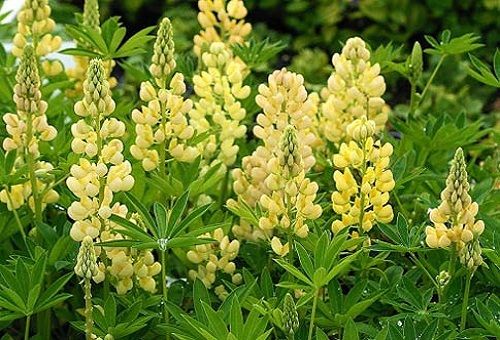
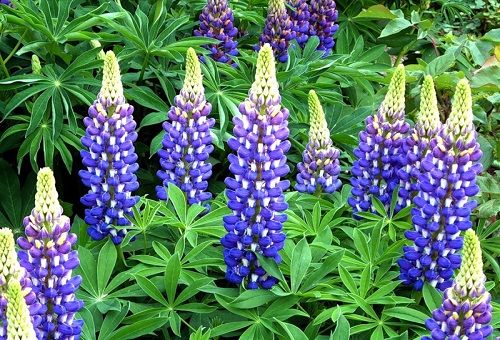
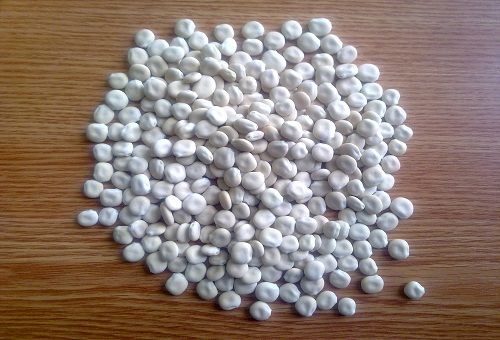
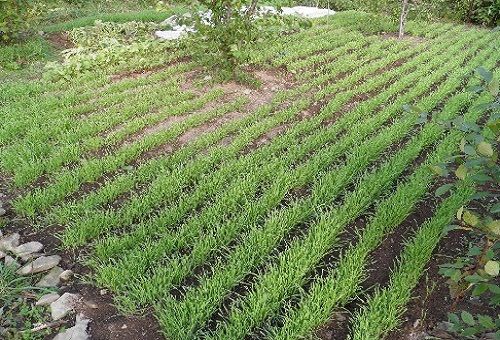
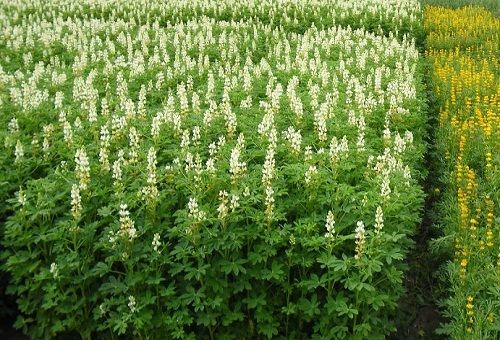
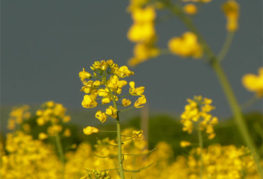
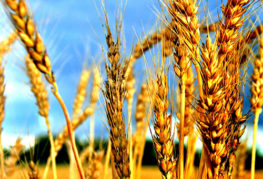
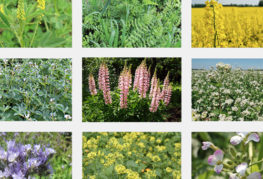

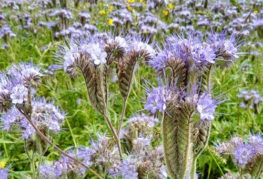
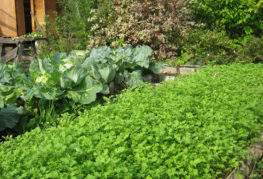
and will be published shortly.